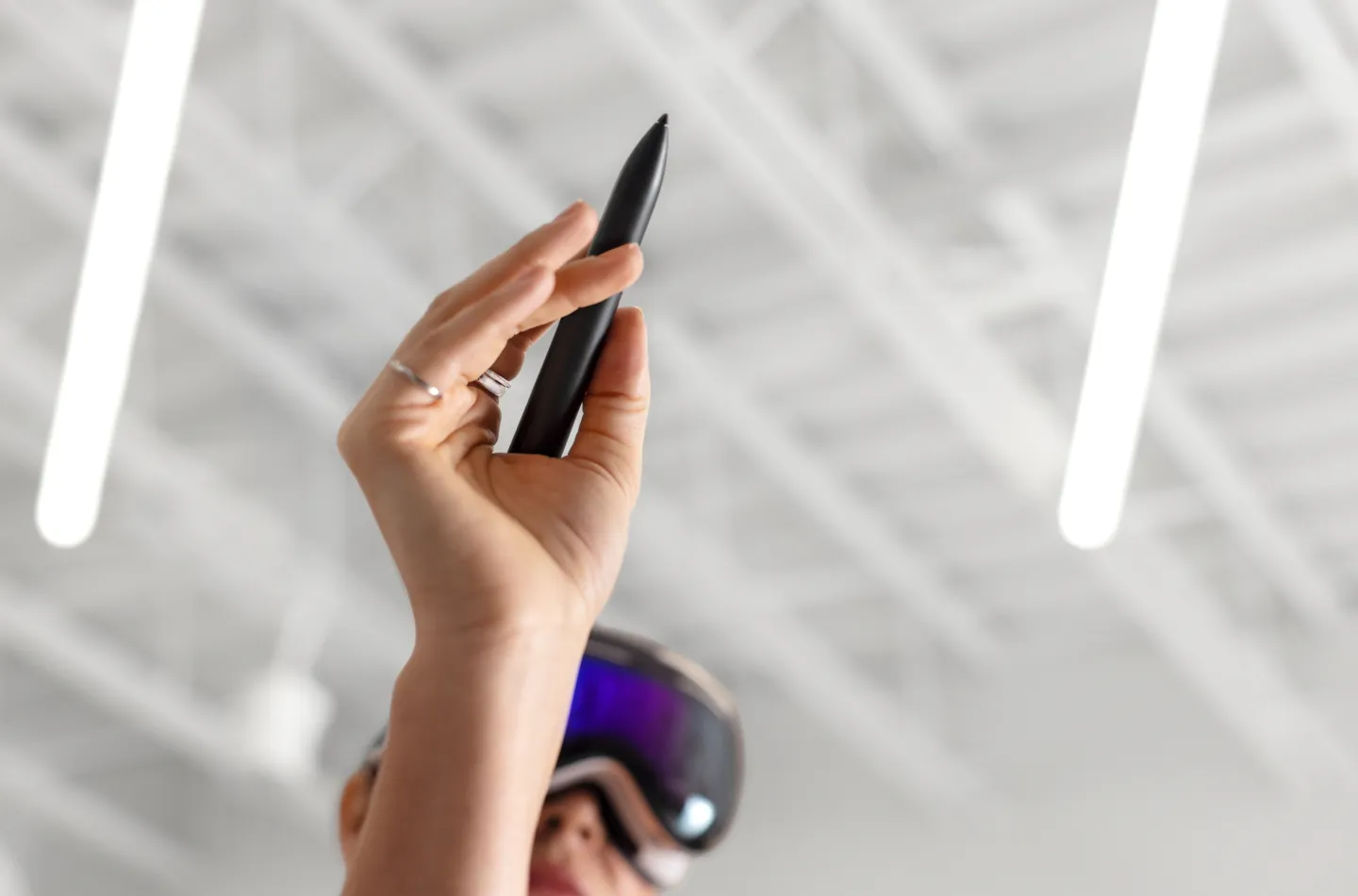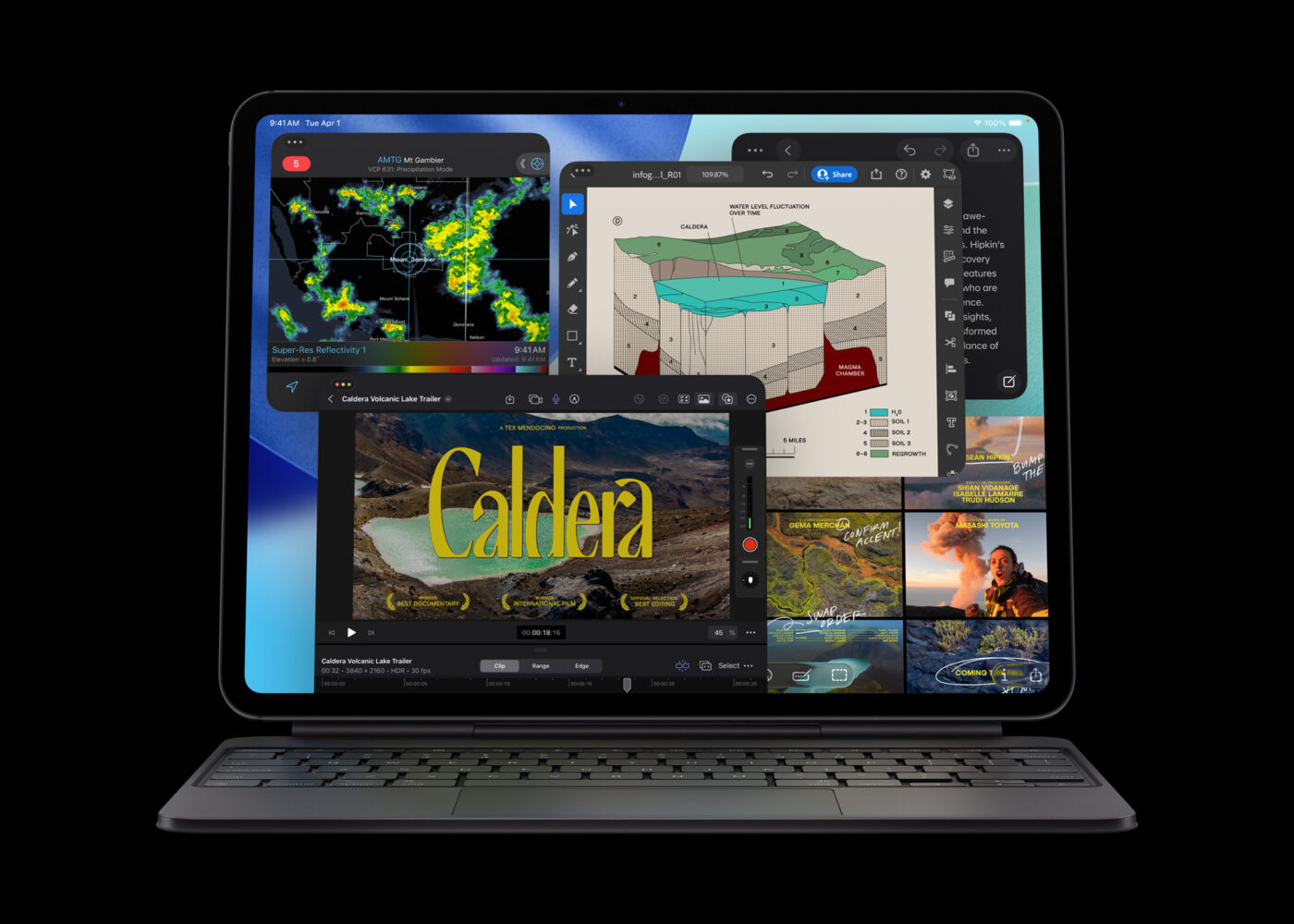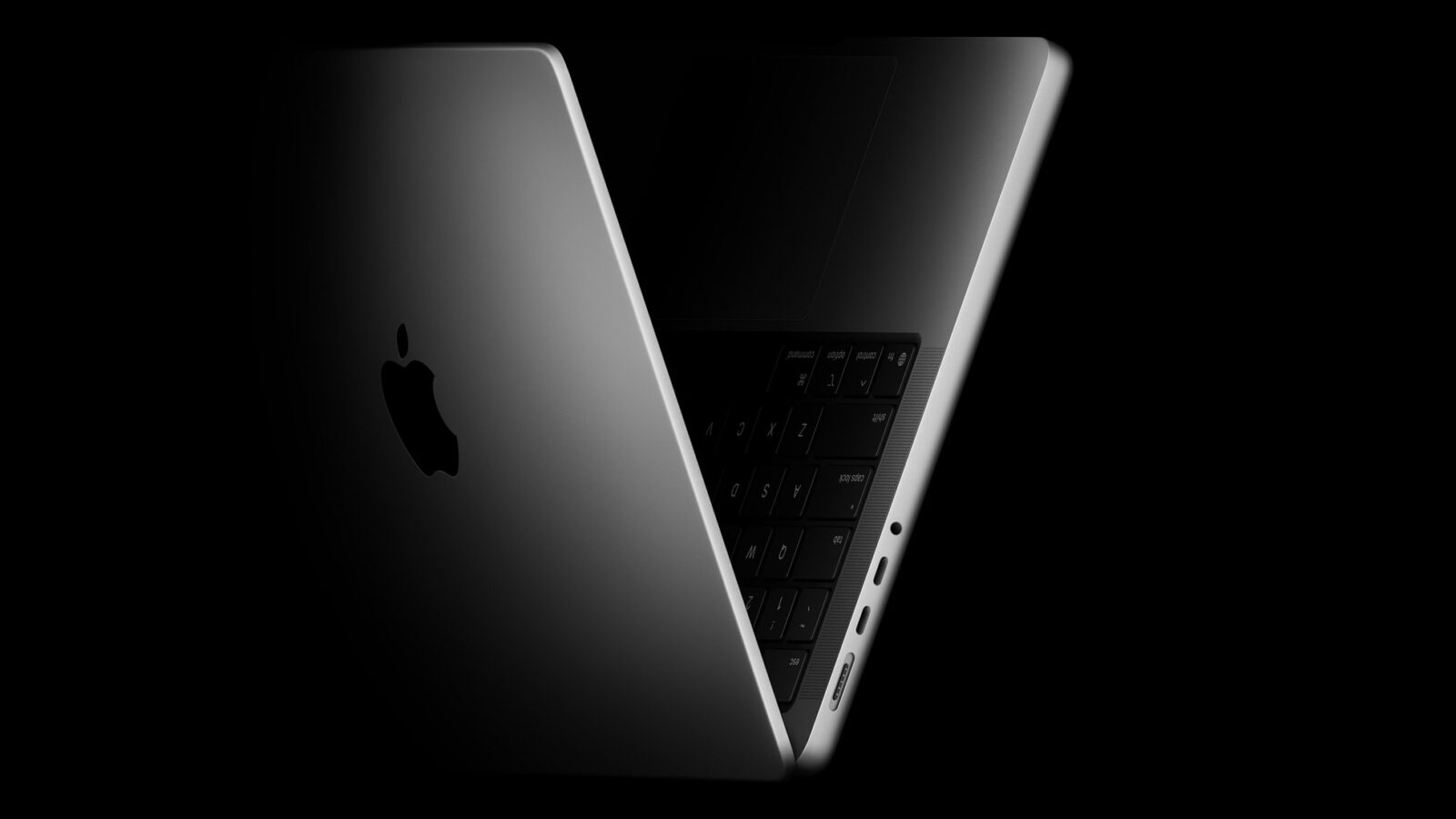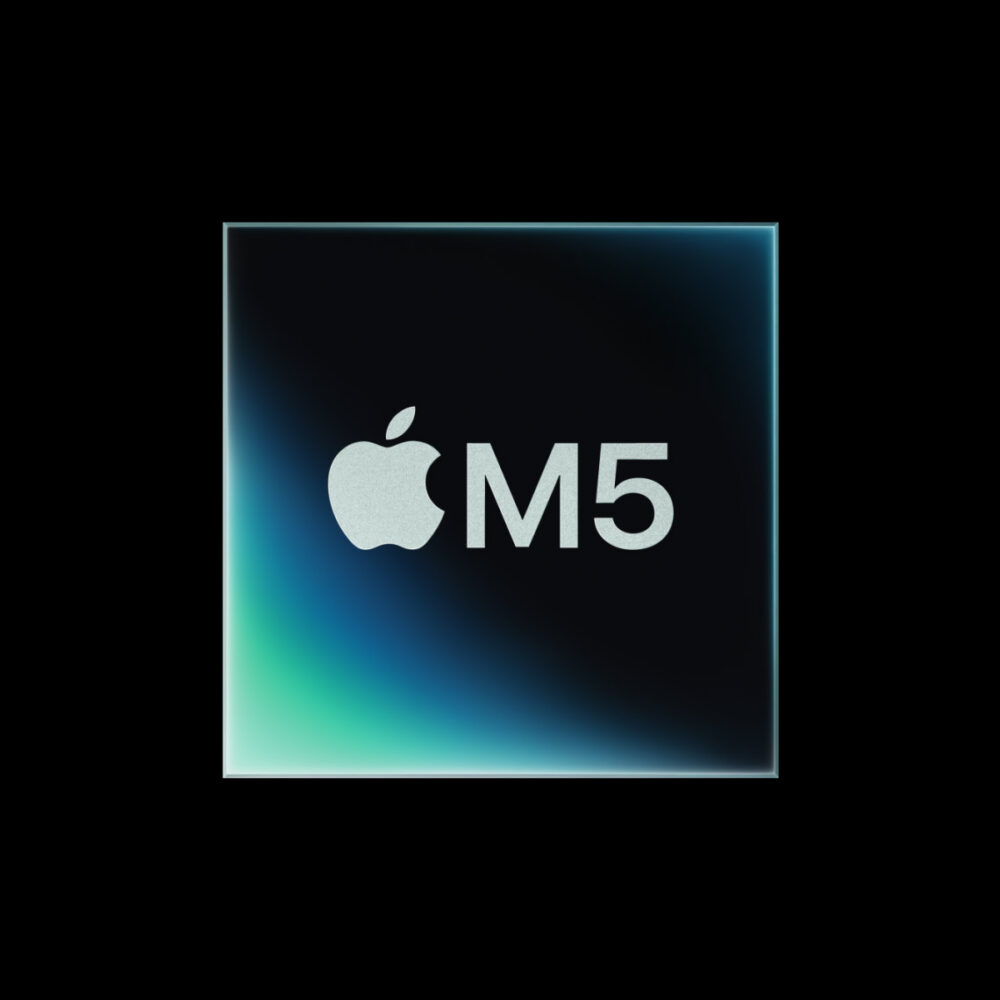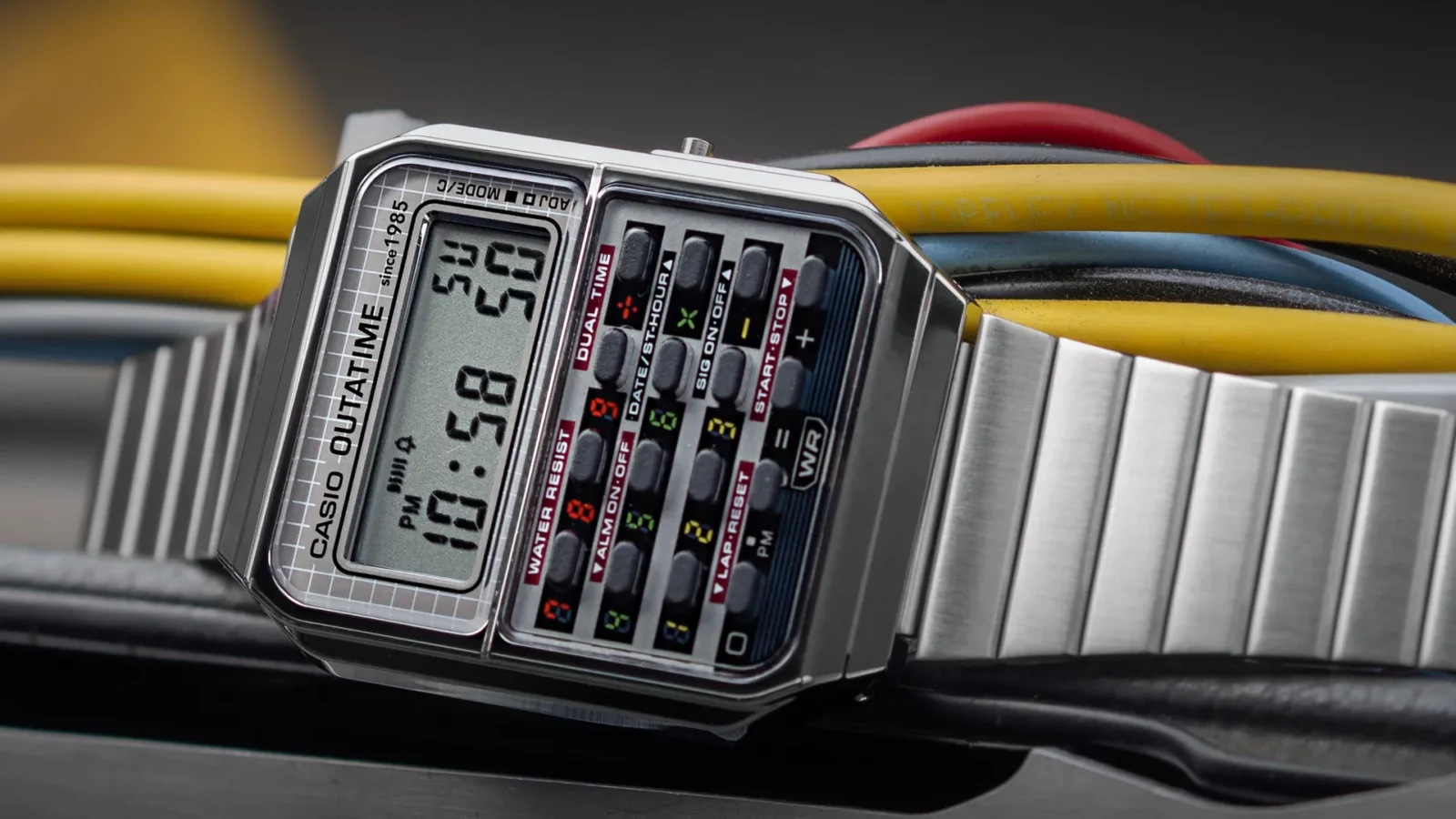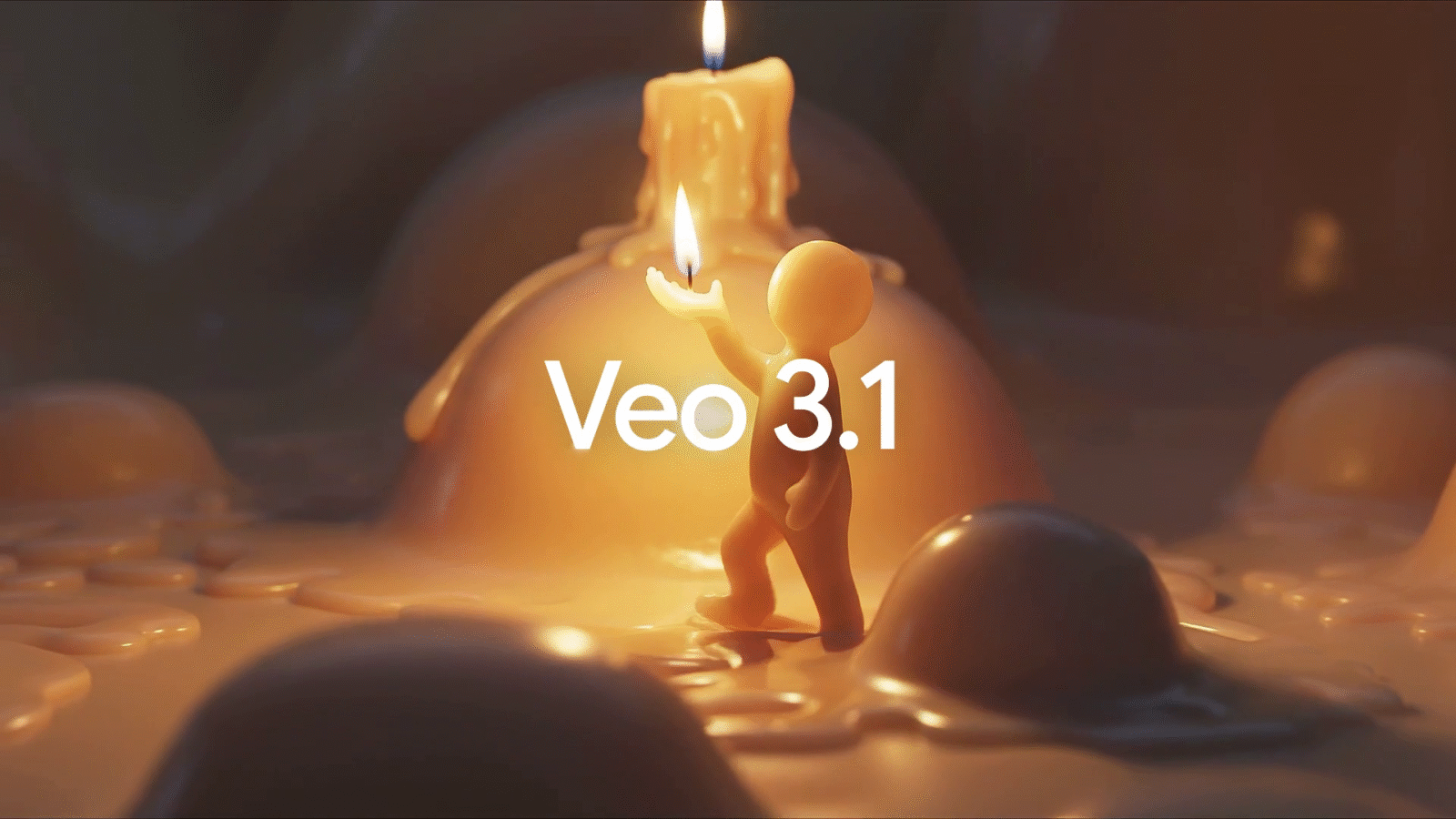Logitech is expanding its lineup of creative hardware with the Logitech Muse, a $130 stylus built for Apple’s Vision Pro headset. Designed to mimic the feel of a traditional pen or paintbrush in mixed reality, the Muse allows users to write, sketch, and manipulate 3D objects more naturally than with gesture controls alone. It becomes available on October 22nd, following an initial announcement earlier this year.
The Muse functions much like Apple’s own Pencil but is tailored for the spatial interface of the Vision Pro. It features a pressure-sensitive tip for precision input on surfaces, real-time haptic feedback for tactile response, and a force-sensing button that adjusts line thickness when drawing in midair. Logitech says the device is meant to help digital artists, designers, and other creators bridge the gap between virtual and physical workspaces, adding a degree of control that hand tracking still struggles to achieve.
This isn’t Logitech’s first foray into mixed reality tools. The Muse closely resembles the company’s MX Ink stylus, which was released in 2024 for Meta’s Quest headsets. Both share a similar cylindrical design and ergonomic grip, though there are a few differences. The MX Ink includes an optional Inkwell Charging Dock and offers dual charging options via USB-C or dock, while the Muse charges only through USB-C and lacks a base station. That omission could make the accessory easier to misplace — a common frustration for Apple Pencil users.
At $129.95, the Muse sits at the same price point as Logitech’s MX Ink, suggesting the company sees it as a premium but niche tool for Vision Pro users rather than a mass-market device. Its launch underscores how third-party accessory makers are beginning to treat Apple’s headset as a legitimate creative platform, even as its adoption remains limited to early enthusiasts and professionals.
If the Muse delivers on responsiveness and precision, it could become an essential companion for 3D design and spatial computing tasks on the Vision Pro. But without a charging dock or native Apple support, Logitech’s stylus may also test how much friction users are willing to tolerate for improved creative control in augmented reality.

